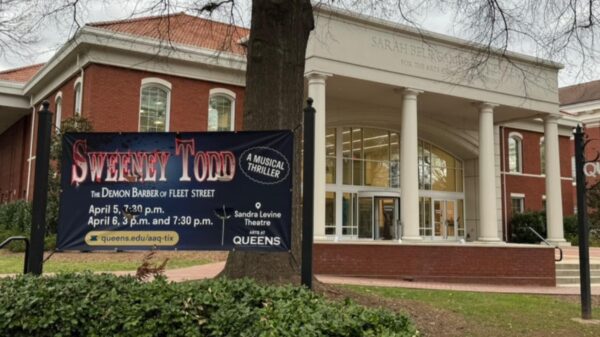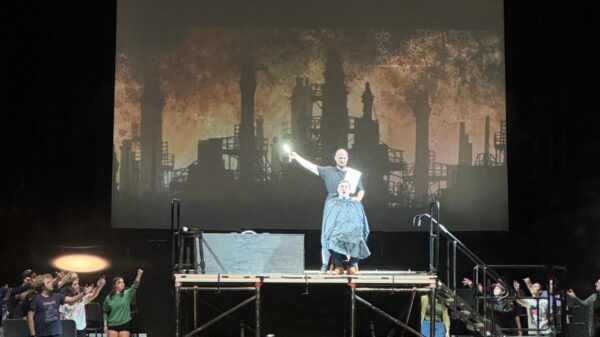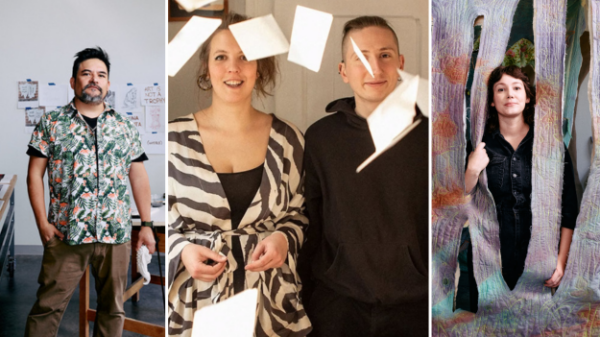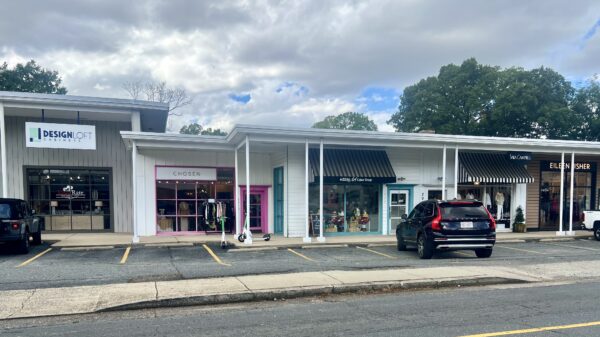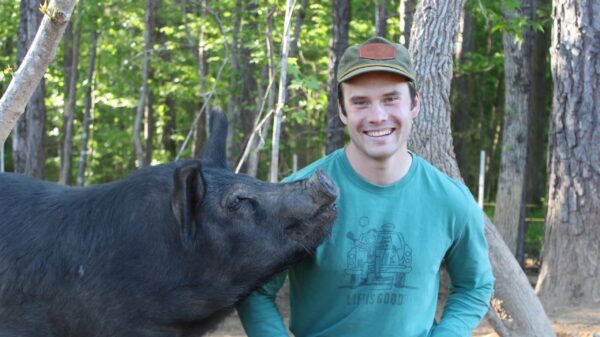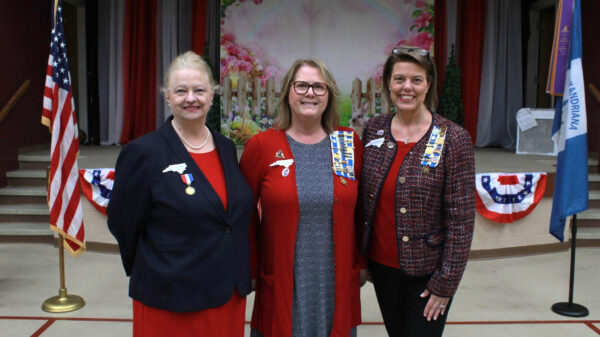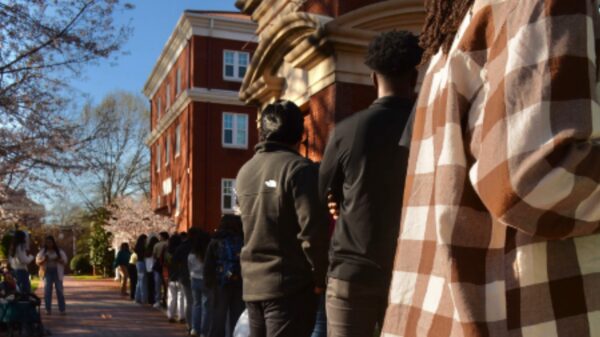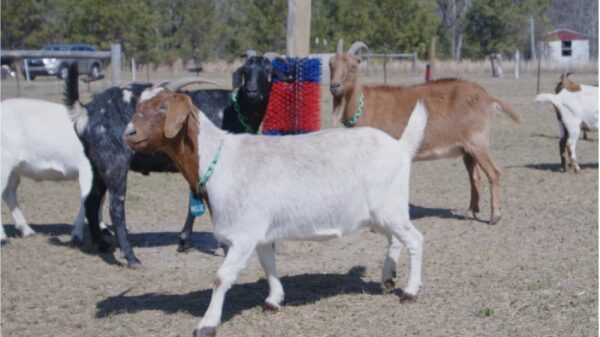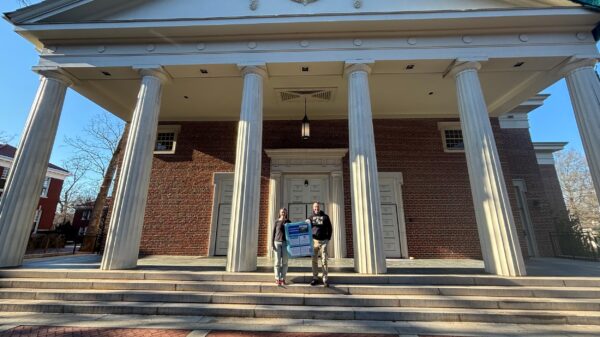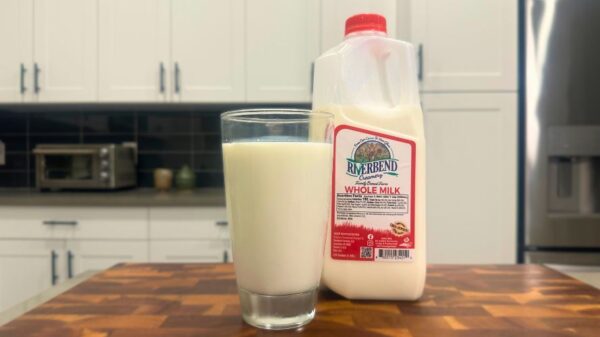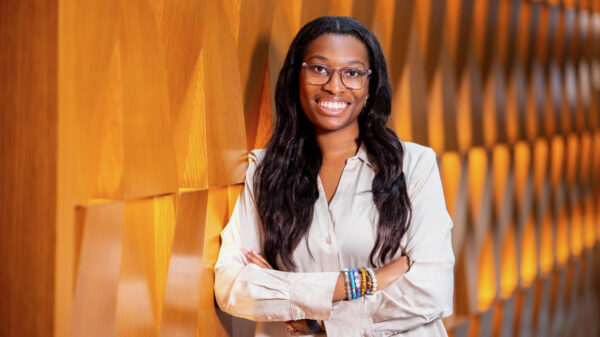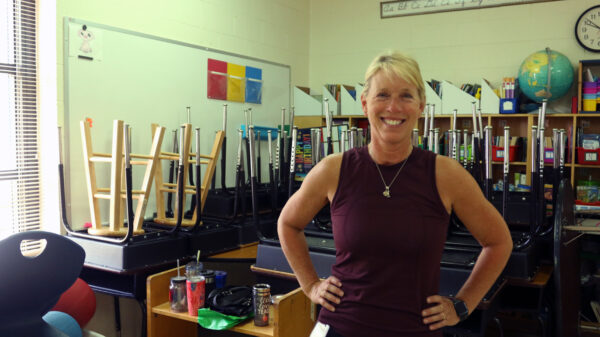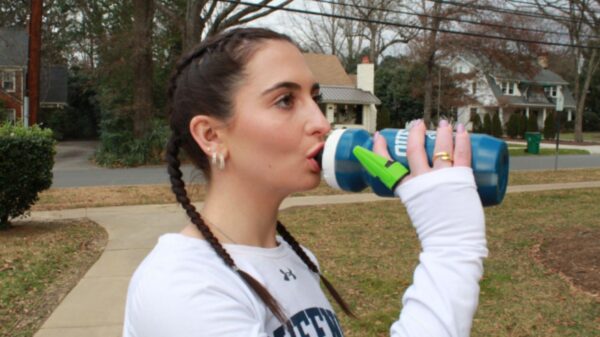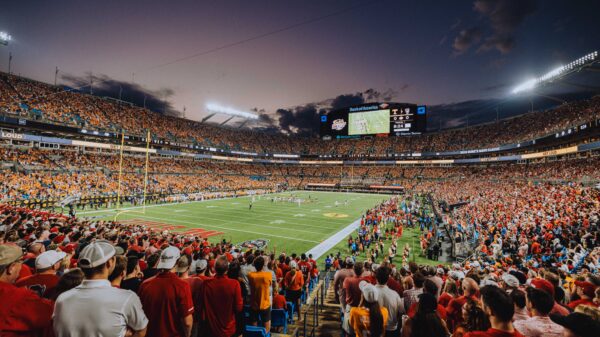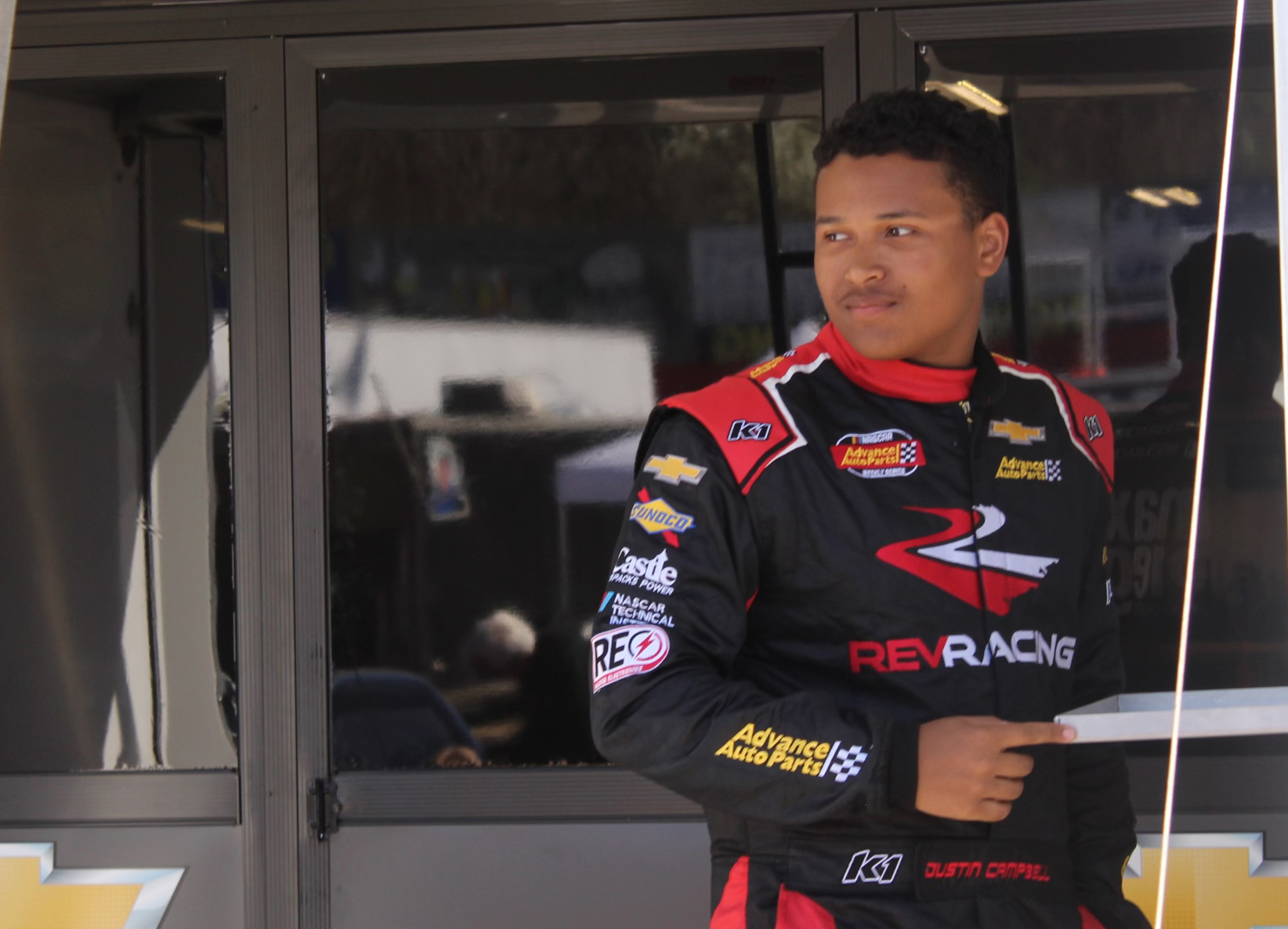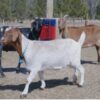In a red and gray suburban office building in Concord, a mile from Charlotte Motor Speedway, the next up-and-coming Black, Latino and female NASCAR drivers are in the third month of a year-long training program.
They’re all teenagers and want to race in the Cup Series – the highest level in NASCAR. They want to become the next Bubba Wallace.
They also want to attract new fans and recruit new drivers who look like them. And they want to do it right now.
“Without this program there’s a lot of people – Bubba Wallace, Kyle Larson – they probably wouldn’t be there,” said Lavar Scott, a 19-year-old Black driver from Carneys Point, New Jersey. “So this program does a lot for people.” At 19, serving as a role model is a big responsibility, he said.
“People look at you and observe you,” Scott said. “You’ve got to get past that stereotype. And for your first few races, people are going to judge you and really dissect how you drive and observe you a lot. But once you’ve passed that and shown that you can actually do it just as good as anybody else, I think they’re going to have some respect for you. And that really is just getting past that stereotype of only white people can drive.”
An Issue in NASCAR for Decades
NASCAR isn’t known for diversity. The Cup Series now has Wallace, the only Black driver; Daniel Suárez of Mexico; and Aric Almirola, a Cuban-American. In the late 1950s and early ‘60s, Wendell Scott became NASCAR’s first Black driver. Between 2012 and 2018, Danica Patrick became the only female driver at the Cup Series level.
In contrast, about 82% of NBA players are people of color. In the NFL, 69%. In Major League Soccer, 62%. In Major League Baseball, 38%. With three drivers in a field of 35 NASCAR Cup Series drivers, that’s less than 9%.
It’s a decades-old story, with possible roots in the sport’s heritage in the American South, dependence on sponsors to support high operating and technology costs, and economic barriers for young drivers. Leonard Miller, a pioneering Black racing team owner in the 1970s, wrote that a minority could break through prejudice in only three ways: performing at a superhuman level, having a white backer to champion the cause, or bringing political or financial pressure to bear.
The disparity led Max Siegel, former president of the Dale Earnhardt racing team, to create Rev Racing, now the competition arm of NASCAR’s Drive for Diversity program. The team’s mission is to grow diversity among drivers and pit crew members at the sport’s highest level. Since 2010, Rev Racing has developed 125 minority and female drivers.
“It’s a program that really gives people who are diverse the chance to make it in NASCAR,” said Nathan Lyons, a Black 14-year-old driver from Concord, North Carolina.

Photo by Nicole Rojas, Queens University News Service
How the Rev Racing Program Works
Rev Racing’s one-year development program is free to drivers. A typical day includes meeting with their crew chief and other team members to debrief or prepare for races. They work out daily with weights and cardio, practice with racing simulators and work on their cars. They keep up with their education online and sometimes attend college classes. Other training includes branding, media and interview skills, and social media management.
Rev Racing’s website displays at least 28 sponsors, including NASCAR, Sunoco, Goodyear, Mobile 1, Honda Generators, and 3M.
Other teams focus on diversity. NBA legend Michael Jordan teamed with Cup driver Denny Hamlin in 2020 to create 23XI Racing, landing Wallace as a driver. At the team’s founding, Jordan emphasized the chance to open more opportunities for Black people in racing and a commitment to combat systemic racism.
‘Carrying Yourself and Others Like You’
Paige Rogers, 19, started driving at 10 in a local go-kart series in Indiana and Ohio. She’s the only female driver on this year’s Rev Racing roster. A year ago, Rogers sent Rev Racing an email asking about the program. When it went unanswered, she drove nine hours from Fort Wayne, Indiana, to Concord, walked in the building and asked Matt Butcher, director of competition, what she had to do to get in.

Photo by Nicole Rojas, Queens University News Service
Among other things, Paige had to compete in a NASCAR combine – a type of tryout. She did well enough to make the program.
“I’m seeing more and more females inside the sport, but it’s not just a thing inside of motorsports I want to change,” Rogers said. “I want to see more females inside of STEM. And it goes for men too. Everyone should be able to do what they want to do.”
Rogers’ long-term goal, like the rest of her classmates, is to race in the Cup Series. Short-term, her goal is growth within the program.
“As racers, sometimes we forget, 90% of the job is racing, but there’s that other 10% job where you have a lot of eyes on you,” she said. “There’s a lot of people looking up to you, young, old, and everyone in between, to really be a role model for those people and make good decisions on and off the track.”
Justin Campbell, 18, a Black driver from Griffin, Georgia, agrees.
“You’re carrying yourself and others that are like you,” Campbell said. “To try and push them to be able to become part of the sport, and I do think that should be a part of racing.”
Building the Latino Audience
Andres Prez de Lara, 18, a Rev Racing driver from Mexico City, started in the NASCAR Mexico Challenge Series and won the series in 2022. His father was a driver, and Prez de Lara started racing at the age of 4. After the Mexico Challenge win, he moved to the United States.
“I want to have a fan base here in the United States that people from Mexico can identify with,” Prez de Lara said.

Photo from Rev Racing
He represents one of NASCAR’s moves to build a Latino audience. Another effort, led by Cup driver Daniel Suárez, is a club of fans called “Daniel’s Amigos,” which claims to have introduced NASCAR to thousands of Spanish-speaking fans. Suárez is also a former member of the Drive for Diversity program. The effort to build Latino fans seems to be working. Data indicates Latino fans constituted 9% of the NASCAR fan base in 2011, and 14% in 2023.
“The program is the best opportunity for guys coming from other places, in my case Mexico,” Prez de Lara said.
Advice for the Next Generation
The teenagers who make up this year’s Rev Racing team have some advice for the kindergarten-age drivers just starting in go-karts.
“The winners, at the end of the day, are the ones that are gonna get the chances,” Prez de Lara said. “Work with your team. Be really interested in your car. That’s key. Try to cover all the stuff like simulators, racing the car, and that’s gonna put you in the right situations.”
Rogers is living in a camper near the speedway during this training year. She said the discipline and austerity of racing, like any sport, are not easy.
“There are going to be days when you don’t want to get up, you don’t want to do it, you don’t want to miss the football game,” Rogers said. “But it’ll work out. Passion drives success. If the passion’s there, success is going to follow.”

Kayla McDuffie
Reporter

Sev Allton
Reporter

Nicole Rojas
Reporter

